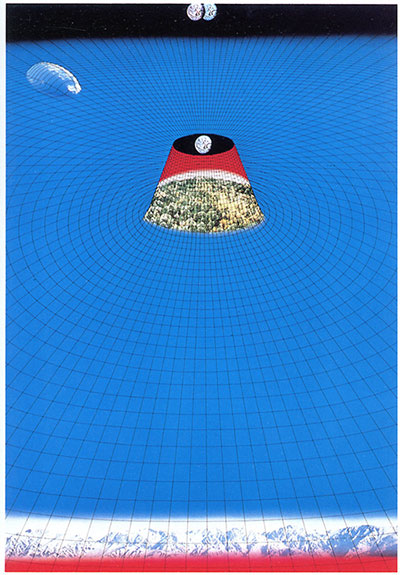Notes
1
2
Nadav Hochman and Lev Manovich, “Zooming into an Instagram City: Reading the Local Through Social Media.” First Monday, Vol. 18, No. 7 (July 1, 2013) →
3
Ibid.
4
Émile Durkheim, The Rules of Sociological Method: And Selected Texts on Sociology and its Method, ed. Steven Lukes, trans. W. D. Halls (New York: Free Press, 2014), 21.
© 2016 e-flux and the author
